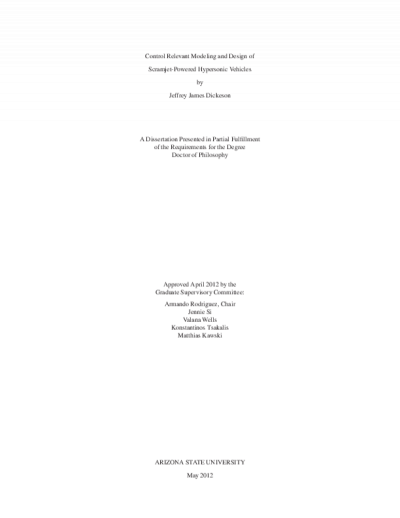Viability of Solar Stills for Desalination

Description
This thesis investigates the viability of a solar still for desalination of a personal water supply. The end goal of the project is to create a design that meets the output requirement while tailoring the components to focus on low cost so it would be feasible in the impoverished areas of the world. The primary requirement is an output of 3 liters of potable water per day, the minimum necessary for an adult human. The study examines the effect of several design parameters, such as the basin material, basin thickness, starting water depth, basin dimensions, cover material, cover angle, and cover thickness. A model for the performance of a solar still was created in MATLAB to simulate the system's behavior and sensitivity to these parameters. An instrumented prototype solar still demonstrated viability of the concept and provided data for validation of the MATLAB model.
Date Created
The date the item was original created (prior to any relationship with the ASU Digital Repositories.)
2015-05
Agent
- Author (aut): Rasmussen, Dylan James
- Thesis director: Wells, Valana
- Committee member: Trimble, Steven
- Contributor (ctb): Barrett, The Honors College
- Contributor (ctb): Mechanical and Aerospace Engineering Program








